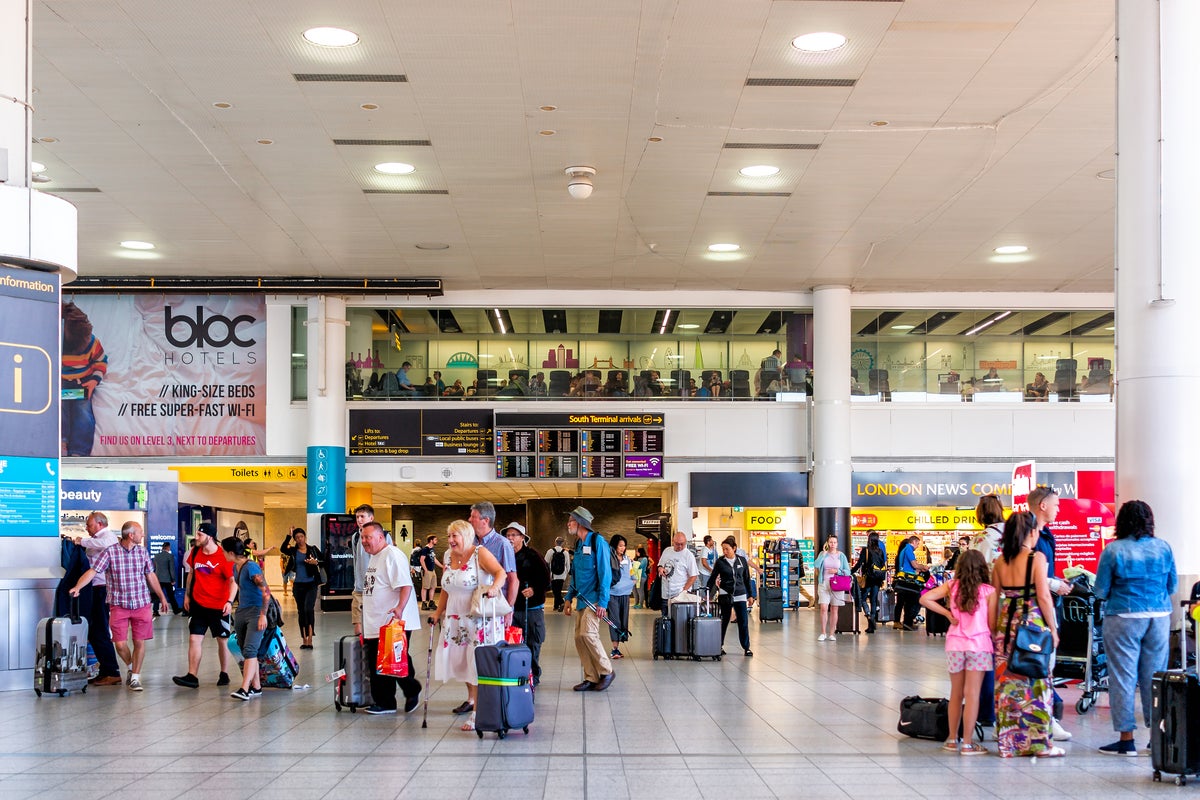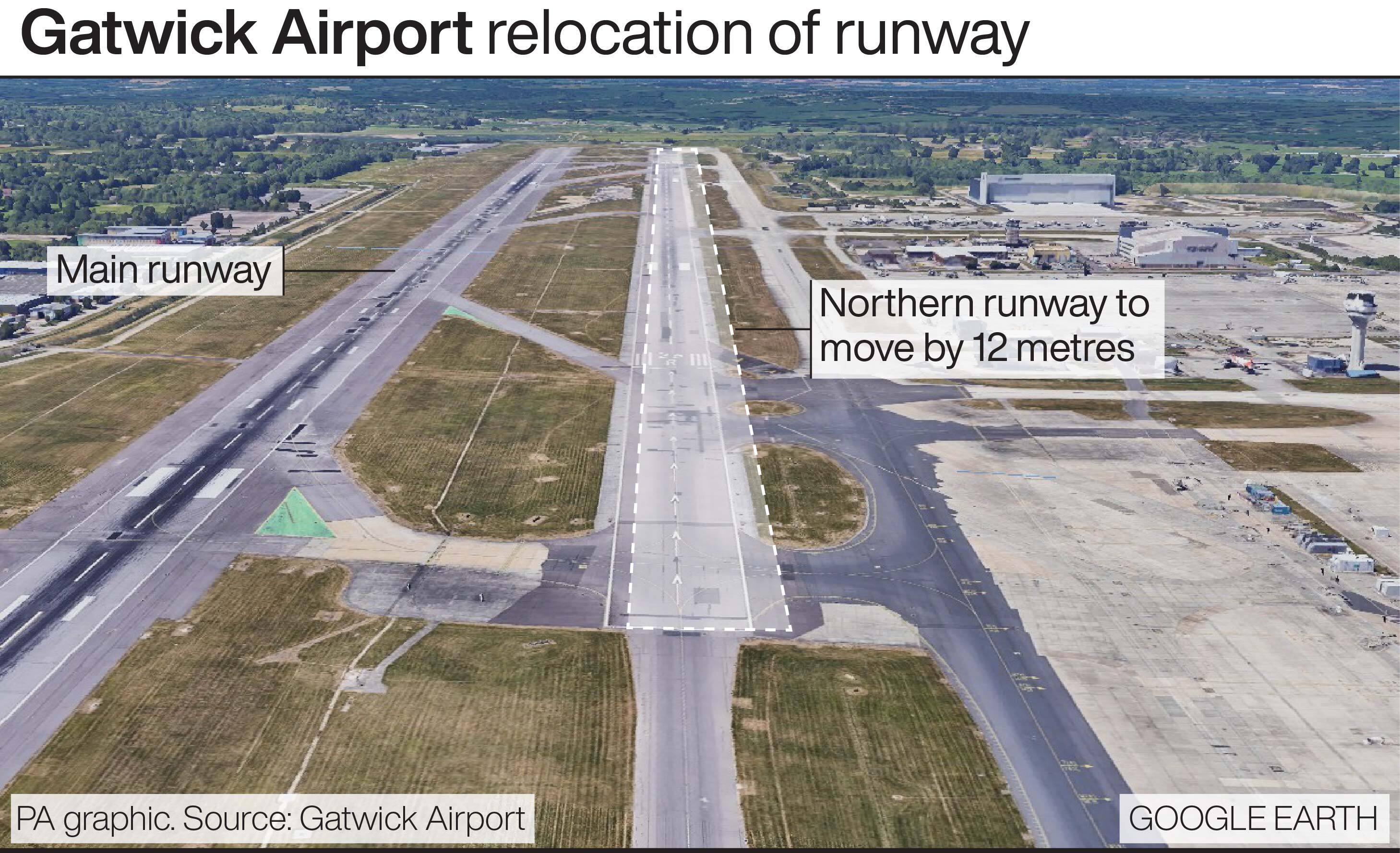‘Build the runways’: Not as compelling as ‘smash the gangs’ but Gatwick expansion is easier to achieve
I have reported for decades on nothing happening at Gatwick or Heathrow – suddenly, things might be changing

“Doing nothing is not an option”: that was what the last transport secretary but a dozen, Alistair Darling, told me on a visit to Gatwick airport in 2004. He was referring to the discussion about extra aviation capacity for the southeast of England.
Since then, a grand total of nothing has happened – except that Heathrow and Gatwick have become adept at extracting every last ounce of capacity from their ludicrously overloaded runways. They are, respectively, the busiest two-runway and single-runway airports in the world.
Other airports have stepped up to take some of the strain, with Southend making itself the overflow airport of choice, or at least last resort.
Now, though, something might be changing. At the weekend, transport secretary Heidi Alexander announced a £2.2bn second runway plan at Gatwick.
As part of the privately financed project, the West Sussex airport will move its emergency runway 12 metres north, enabling it to be used for around 100,000 more flights per year.
But how did we get here? Expansion suggestions have long tied our politicians in extraordinary knots. None was more tangled than David Cameron, going into the 2010 election as leader of the opposition – vowing not to build a third runway at Heathrow, while knowing full well that it was inevitable. To deflect the decision, he set up the Davies Commission with strict instructions not to frighten the voters in the 2015 election, but to report immediately afterwards.
Sir Howard Davies’s panel concluded that a third runway at Heathrow was the best (or least bad) solution. Parliament duly approved the plan, with the then-foreign secretary Boris Johnson unaccountably called away to Afghanistan on the day of the vote. He had earlier pledged to “lie down in front of the bulldozers” rather than allow a third runway.
That project got stuck in the mire of Covid and the courts. Since Labour’s victory in 2024, the plan has been extracted from the long grass in the outer reaches of west London, and may possibly take shape within a decade.
“Smash the gangs” has not proved a durable slogan. “Build the runways” is less catchy, but far easier to achieve.
Sir Keir Starmer’s government desperately needs to see something being built that is not going to cost the taxpayer billions – although opponents of expansion at both Heathrow and Gatwick say that the necessary terrestrial transport improvement can only come at taxpayers’ expense.

You wait for a couple of decades and then two big airport projects come along at once – or three if you count Luton’s expansion bid, which seeks to exploit the single runway more assiduously.
Labour’s environmental vows are taking a distant second place. Nobody should kid themselves that Gatwick’s expansion is about anything other than unlocking tens of millions more flight seats each year, allowing us to export ourselves to sunnier locations and hopefully entice more travellers to the UK.
Will it happen? Gatwick’s cunning plan does not involve trespassing an inch beyond the existing perimeter. The current standby runway gets nudged north. The intricate system of traffic lanes that keeps aircraft moving around the airfield will get an overhaul. Some more terminal space will be created, and the hope is that the public transport system will cope with the surge in demand. Unlike at Heathrow, there is no need to knock down homes or move the M25.
Environmentalists – including new leader of the Green Party Zack Polanski – are naturally concerned about everything from increased traffic and aircraft noise to the impact on the climate.
But for Rachel Reeves, doing nothing is not an option after the dismal start of Labour’s tenure. More cheap flights will appeal to a contingent of the electorate, as will the cash that Gatwick's owners will be splashing on the project. Gatwick is the least difficult airport to start doing something and will be quick to deliver benefits – in as early as 2029, according to Ms Alexander.
After decades of reporting on politicians doing nothing, expansion now looks set to begin. Now, about Heathrow …
Read more: Heathrow and major European airports suffer fourth day of disruption after cyber attack

 Troov
Troov 
































